Come join us now, and enjoy playing your beloved music and browse through great scores of every level and styles!
Can’t find the songbook you’re looking for? Please, email us at: sheetmusiclibrarypdf@gmail.com We’d like to help you!
Table of Contents
Rick Davies, founding member and leader singer of Supertramp, dies at 81.
Rick Davies, who was a founding member of Supertramp, as well as one of the vocalists and keyboardists of the group, has died at the age of eighty-one of natural causes after several years of illness.
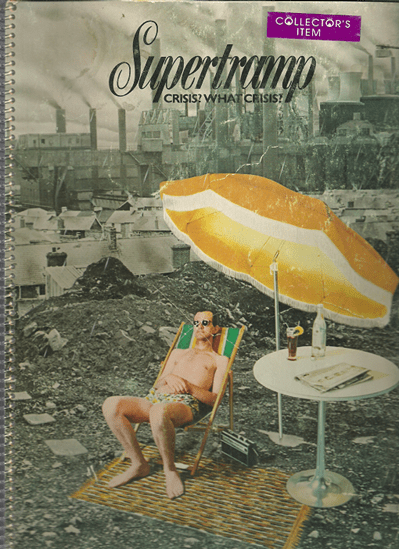
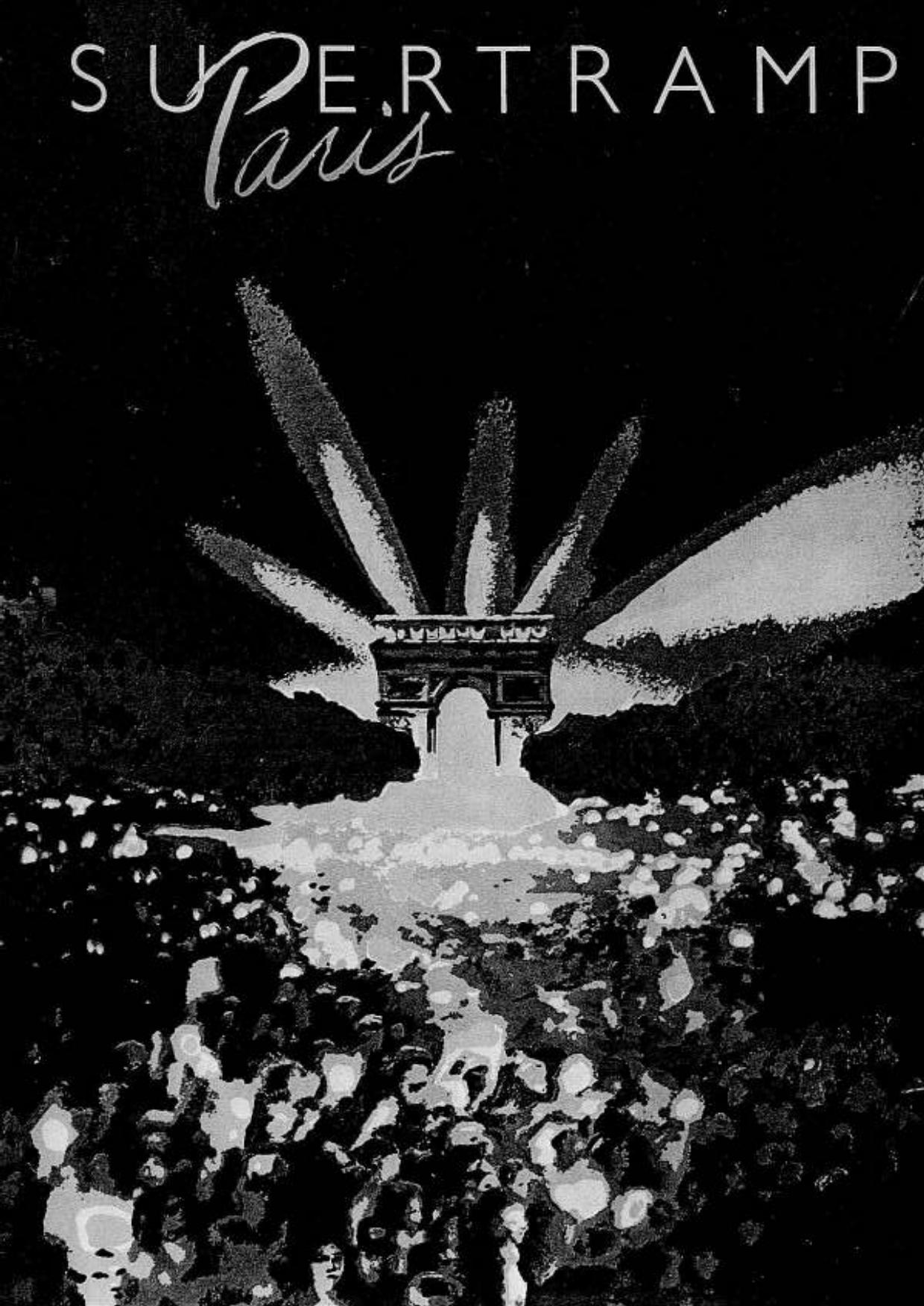
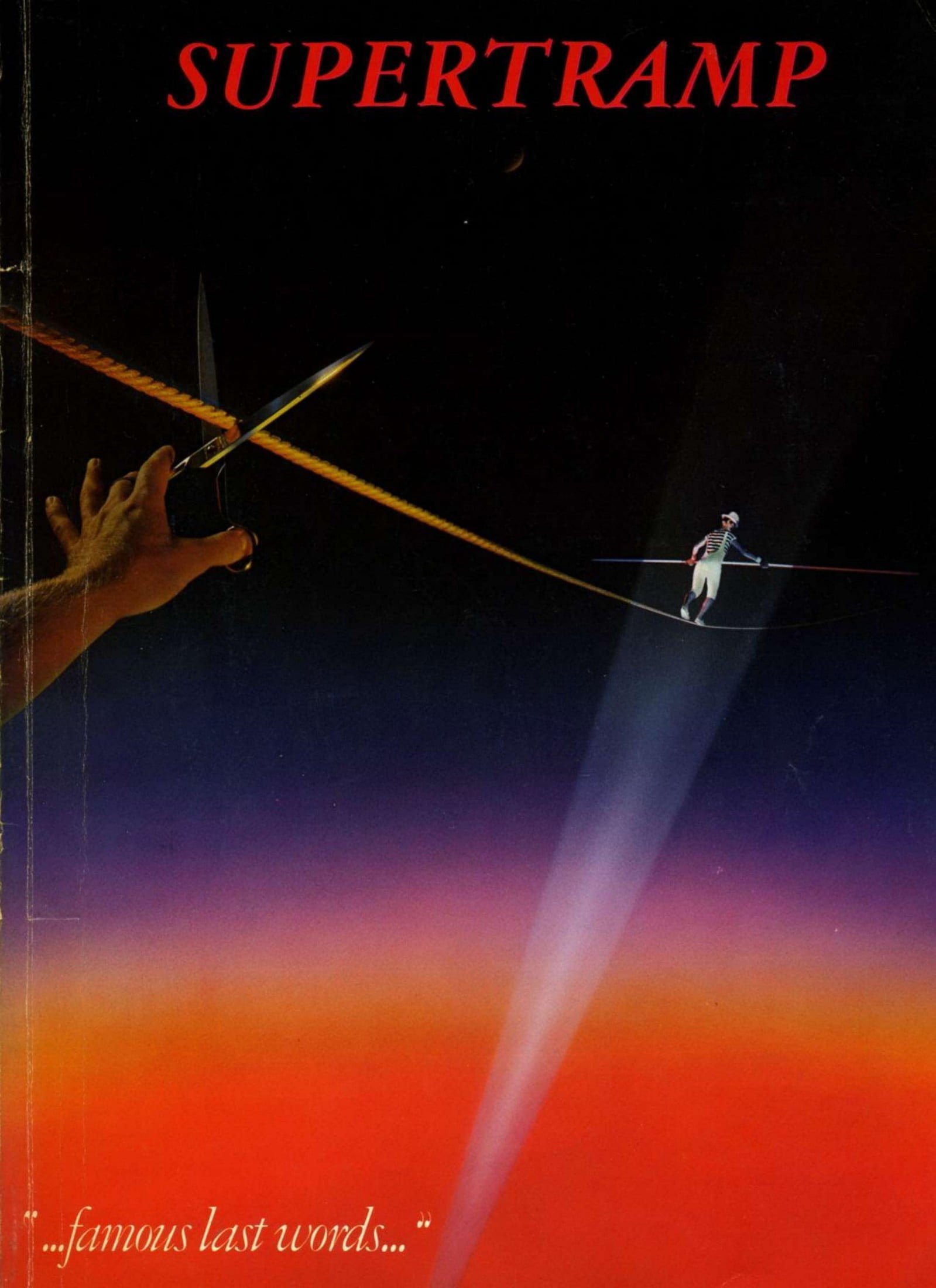
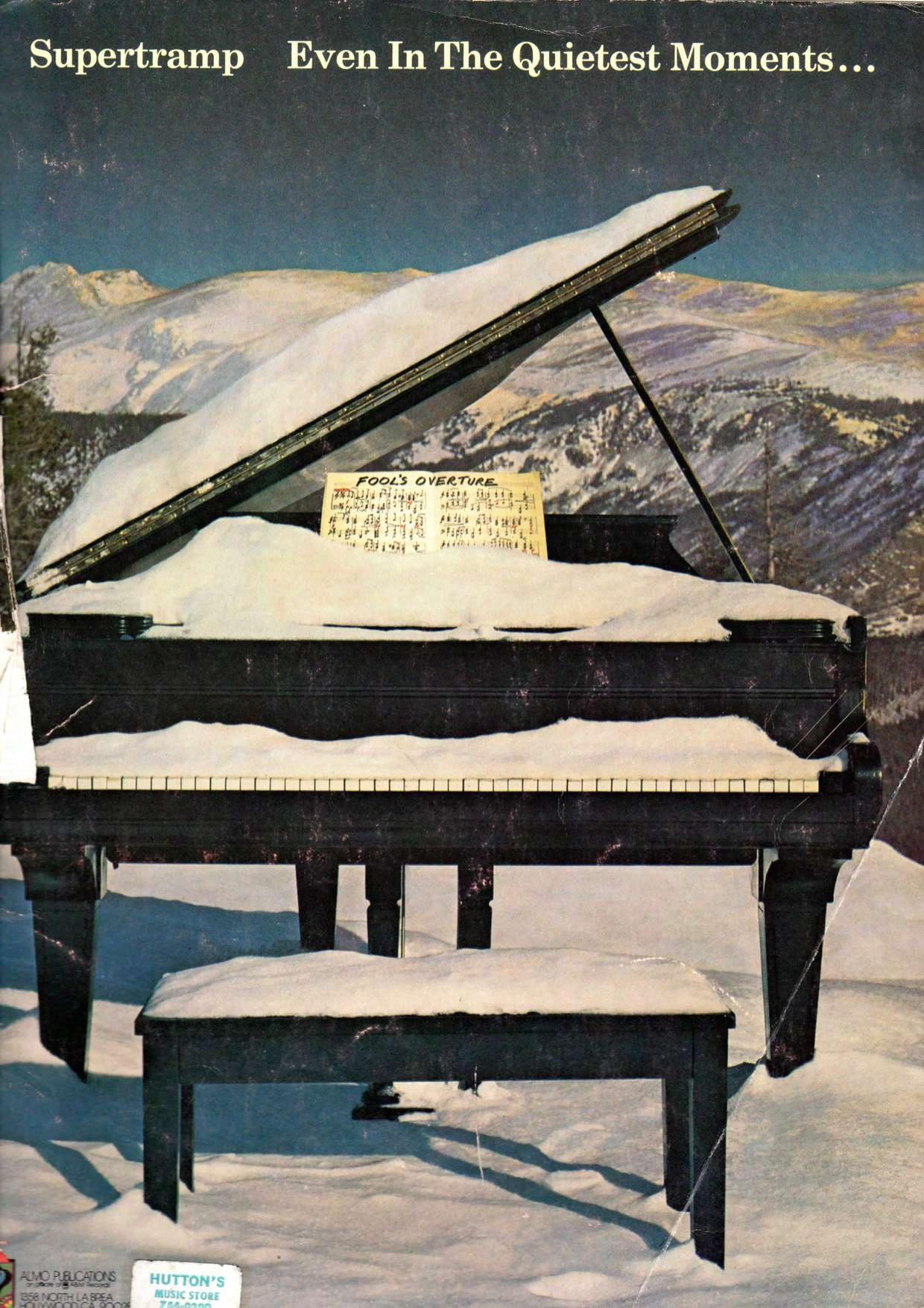

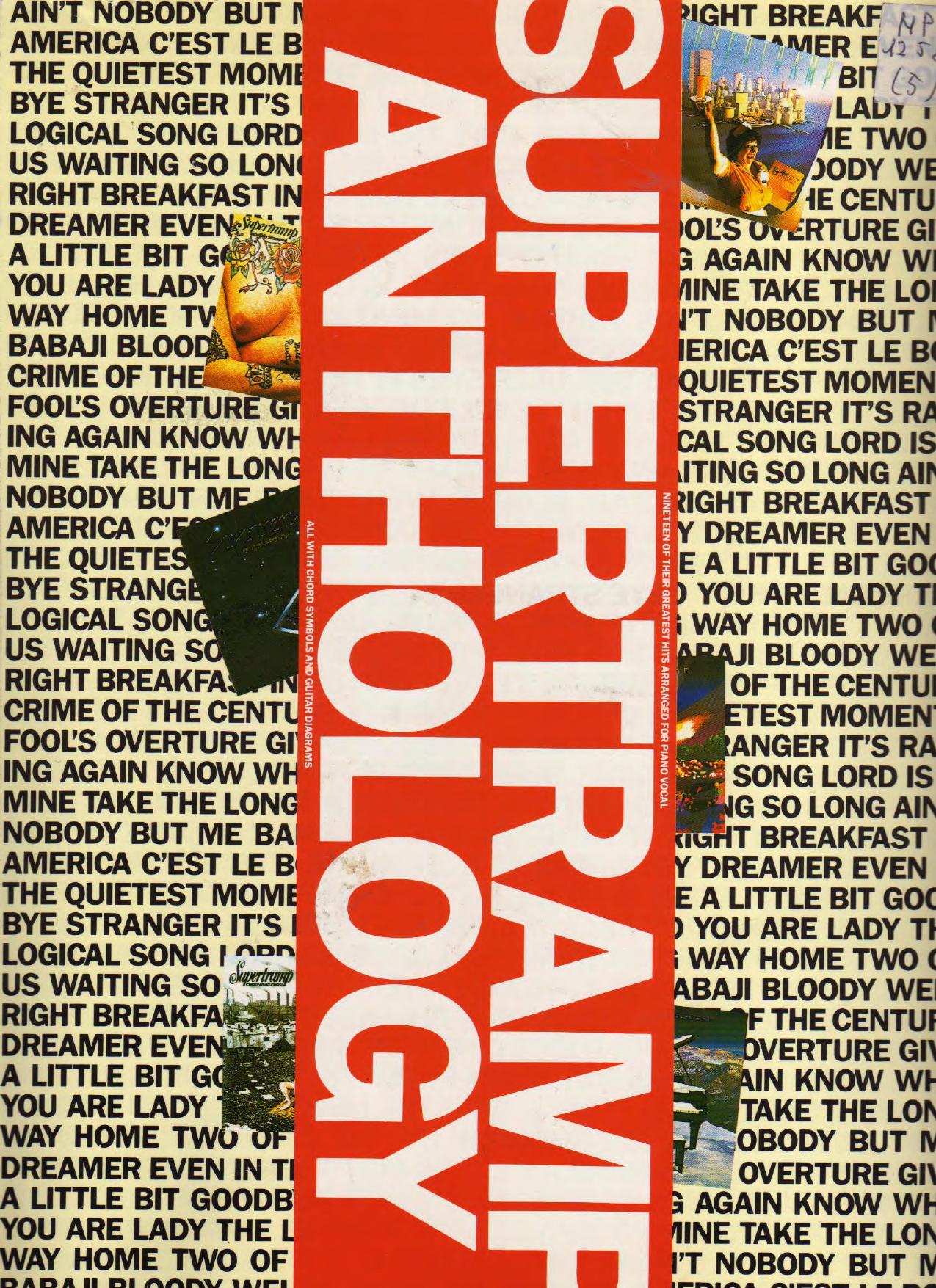
Best Sheet Music download from our Library.
Supertramp were one of the most popular progressive pop rock bands of their time, with several singles and successful albums, even in our country. Now, one of its members, Rick Davies, co-founder of the group and one of the main voices of the group along with Roger Hodgson, has left us at the age of eighty-one, a victim of a myeloma that he had been suffering from for years and that is a cancer that attacks the platelets of the blood plasma. At the time of his death, he was at his home on Long Island, accompanied by his family.
Davies” Wurlitzer keyboard was one of the most characteristic elements of the band’s sound, while his voice contrasted perfectly with Hodgson’s, as both moved in different registers. Hodgson’s sharper, Davies’s more soulful.
Davies formed Supertramp in 1970 with Roger Hodgson, who would soon be joined by Dougie Thomson, Bob Sienbenberg and John Helliwell. Davies signed some of the group’s most emblematic songs such as “Goodbye Stranger”, “Ain”t Nobody But Me” or “Rudy”.
When Hodgson left Supertramp’s in 1983, it was Davies who took the lead until they broke up in 1988, exactly the same as he would do between 1996 and 2002, when the band reformed. The idea of a subsequent return – in 2015 – would end up going to waste after Davies contracted the myeloma, from which he has finally died.
Browse in the Library:
Or browse in the categories menus & download the Library Catalog PDF:
SUPERTRAMP – GOODBYE STRANGER Live at Paris 1979
Supertramp – Rudy (Paris Tour 1979)

Breakfast in America: The Artful Odyssey of Supertramp
In the vast and diverse landscape of classic rock, few bands have carved out a space as unique and instantly recognizable as Supertramp. They were the architects of a sophisticated, meticulously crafted sound that lived in the sweet spot between progressive rock ambition and pop perfection. With their signature wailing saxophone, honky-tonk piano, and lyrical themes of everyday disillusionment and yearning, Supertramp created a body of work that remains both a product of its time and utterly timeless.
The Foundational Divide: Hodgson and Davies
The band’s story begins with a millionaire’s whim. In 1969, Dutch philanthropist Stanley August Miesegaes, believing in the musical talent of his friend Rick Davies, gave him the funds to form a band. Davies, a keyboardist and singer, placed an ad in Melody Maker and eventually formed the initial lineup, which included a young Canadian guitarist and vocalist named Roger Hodgson.
This partnership between Rick Davies and Roger Hodgson became the creative engine and defining tension of Supertramp’s most successful years. Their contrasting styles were the band’s greatest strength:
- Rick Davies brought a grittier, more blues-rock and jazz-influenced style. His voice was a distinctive, earthy baritone, and his songs often explored characters on the fringes of society, tinged with cynicism and wit (“Bloody Well Right,” “Goodbye Stranger”).
- Roger Hodgson was the dreamer. His high, clear tenor voice and melodic, introspective songwriting provided the band’s emotional heart and anthemic choruses. He was the primary voice of yearning and spiritual quest (“Dreamer,” “The Logical Song,” “Give a Little Bit”).
This push-and-pull between Davies’ grounded realism and Hodgson’s idealistic optimism created a rich, narrative depth that set them apart from their peers.
The Journey to Mega-Stardom: From Concept Albums to Pop Radio
Supertramp’s early albums were ambitious art-rock projects with limited commercial success. The critical breakthrough came with their third album, Crime of the Century (1974). A masterpiece of concept and production, it established their signature sound and tackled themes of alienation and mental instability. Tracks like “School” and the epic “Dreamer” announced the arrival of a band operating at its peak creative power.
They built on this success with Crisis? What Crisis? (1975) and Even in the Quietest Moments… (1977), which featured the global hit “Give a Little Bit,” a song that perfectly encapsulated Hodgson’s hopeful, generous spirit.
But their magnum opus was yet to come.
Breakfast in America: The Pinnacle
In 1979, Supertramp released Breakfast in America, a landmark album that became a worldwide phenomenon. It was a perfect storm of impeccable songcraft, virtuosic performance, and clever production. The album was a satire of American culture viewed through the eyes of a bemused Englishman, but its themes were universal.
It spawned four massive hits:
- “The Logical Song”: A soaring, sax-driven lament about losing one’s childhood wonder and creativity to the rigid structures of adult life.
- “Goodbye Stranger”: A Davies rock anthem featuring a legendary guitar outro and vocals drenched in his characteristic swagger.
- “Breakfast in America”: A witty, upbeat tune with unforgettable hooks.
- “Take the Long Way Home”: A poignant rock ballad that builds to a powerful, cathartic climax.
The album was a triumph, winning two Grammy Awards and selling over 20 million copies. It represented the apex of their blend of complex musicality and accessible pop sensibility.
The Legacy: A Lasting Sound
The creative tension between Hodgson and Davies eventually fractured. After the 1983 album …Famous Last Words…, Roger Hodgson left for a solo career. The band continued with Davies at the helm, releasing several well-regarded albums but never quite recapturing the magic of their classic era.
Yet, Supertramp’s legacy is secure. Their music is a staple of classic rock radio, but to dismiss them as mere nostalgia is to miss their artistry. Their songs are intricate puzzles of shifting time signatures, layered instrumentation, and lyrical depth, all disguised as catchy pop tunes.
They were the musical chroniclers of the modern everyman—the dreamer, the cynic, the commuter, the lover. They asked the big questions about meaning, purpose, and belonging in a world that often feels illogical. And they did it with a saxophone solo that you can’t help but hum along to.
In the end, Supertramp took the long way home, and we are all the richer for having taken the journey with them.
